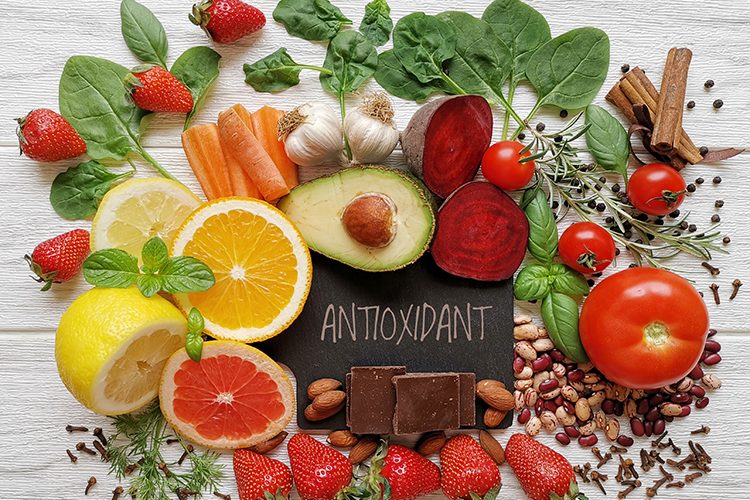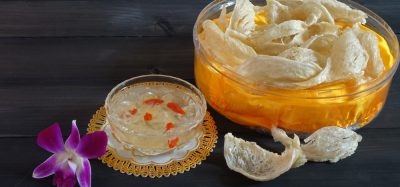Researchers from Japan find new way of testing for antioxidants
- Like
- Digg
- Del
- Tumblr
- VKontakte
- Buffer
- Love This
- Odnoklassniki
- Meneame
- Blogger
- Amazon
- Yahoo Mail
- Gmail
- AOL
- Newsvine
- HackerNews
- Evernote
- MySpace
- Mail.ru
- Viadeo
- Line
- Comments
- Yummly
- SMS
- Viber
- Telegram
- Subscribe
- Skype
- Facebook Messenger
- Kakao
- LiveJournal
- Yammer
- Edgar
- Fintel
- Mix
- Instapaper
- Copy Link
Posted: 17 November 2020 | Joshua Minchin (New Food) | 1 comment
Professor Masashi Kunitake, who led to research group, thinks the new method of testing could lead to an increase in value for some foods, and help dictate best practice when it comes to cultivation and production.


The team from Kumamoto University think they have transformed the way food is tested for antioxidants.
Researchers from Kumamoto University in Japan have developed a system to quickly and easily measure the antioxidant capacity of food. The new electrochemical system uses a gel form Bicontinuous Microemulsion (BME), a mixture of water and oil that do not normally mix, integrated with a sheet-type electrode.1
Researchers say this system can be easily employed by anyone anywhere and is expected to be used for quality control in the production, manufacturing and sale of food products.
The new system is interesting, as it could help reduce the amount of highly reactive oxygen species (ROS) within the body. Researchers from Kumamoto University believe that excessive production of ROS can lead to arteriosclerosis, cancer, ageing and decreased immune function.
Antioxidants inhibit the generation of ROS and their function, or can even remove ROS entirely.2 Consuming enough antioxidants is important to maintain a healthy diet, but conventional evaluation methods require complex separation, extraction and colorimetric analysis, which makes it difficult to measure fat-soluble antioxidants in colourful or cloudy food samples.
Professor Masashi Kunitake’s research group from Kumamoto University has developed a new electrochemical system that it says will enable the antioxidant capacity of food to be measured anywhere. The process was simplified by the team through the use of the new BME gel integrated with sheet electrodes.1
Normally, an electrochemical analysis is taken by dissolving a sample into an electrolyte solution and measuring the currents from three electrodes (working, reference and counter). In the new system, however, the gel membrane affixed to the electrodes acts as its own electrolyte solution. Even oily substances that are not soluble can be analysed in their original state without separation and extraction. The system’s electrodes are simply dipped into the sample or a drop of the sample is placed on the electrode, without, as the groups says, the need for specialist equipment. Scientists from Kumamoto say this system has already been used to measure vitamin E in commercial olive oil as proof of concept.1
Prof Kunitake thinks the new testing method could really benefit the industry. “Our system can be used for quality control of meat, fish, vegetables, fruits, chocolate, cosmetics, and other products at production, manufacturing, and retail outlets,” he noted. “If the analysis of food products becomes more accessible to producers and consumers, it could give added value to food products, help find the best cultivation conditions for production, and eventually become a criterion for judging whether food products are both tasty and safe to eat.
“We hope that this system will contribute to increased healthy food production for society.”
References
1. https://pubs.acs.org/doi/full/10.1021/acs.analchem.0c02948
2. https://www.ncbi.nlm.nih.gov/pmc/articles/PMC5966868/
Related topics
Equipment, Fats & oils, Health & Nutrition, Quality analysis & quality control (QA/QC), Research & development, Sensory technology










your work is appreciated